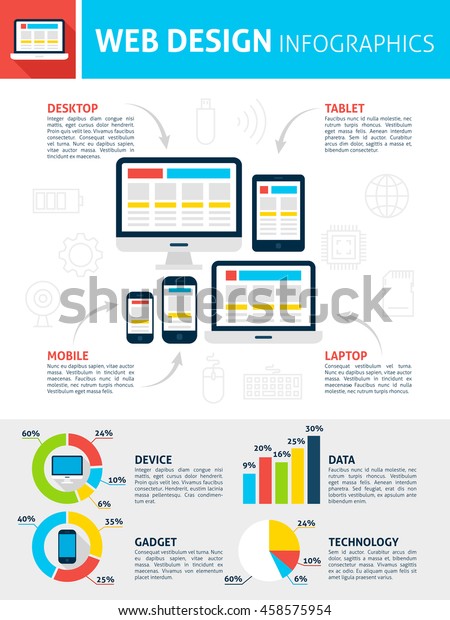Basic Elements Of Web Design: Guidelines For Establishing A User-Centric Site
Basic Elements Of Web Design: Guidelines For Establishing A User-Centric Site
Blog Article
https://yoastseoplugins39516.mdkblog.com/36885170/techniques-for-producing-a-remarkable-site-layout-that-draws-in-site-visitors -Scarborough Ehlers
When it comes to internet site design, guaranteeing user-friendliness is vital. From responsive layout to structured navigation, every component plays a crucial role in developing a site that caters to your target market's demands. Yet what regarding the finer information that can make or damage a customer's browsing experience? Stay tuned as small business web design company discover some often-overlooked pointers that can boost your website's use to the following level, making it truly attract attention in the digital landscape.
Importance of Responsive Style
Receptive style is a crucial element of modern-day web site growth. Ensuring your website is responsive ways that it can adapt to various screen sizes and tools, offering a seamless experience for individuals.
With the boosting use mobile phones and tablet computers to access the web, having a responsive layout is important for reaching a wider audience. It assists in boosting user experience by making your website easy to browse and continue reading any type of device.
Furthermore, receptive design can positively influence your search engine rankings, as search engines like Google prioritize mobile-friendly web sites. By having a receptive layout, you're also future-proofing your internet site, as new devices with differing display sizes remain to arise.
Simplify Navigation Framework
To boost customer experience and help with easy accessibility to information on your internet site, enhancing the navigating framework is vital. When designing your website, focus on developing a clear and intuitive navigation menu that assists visitors find what they're seeking promptly.
Limitation the variety of menu products to the basics, organizing associated pages together to prevent frustrating individuals. Use detailed labels that clearly show the content of each page, making it less complicated for individuals to understand where each web link will take them.
Think about implementing dropdown menus for subcategories to prevent cluttering the main navigating bar. Additionally, consist of a search bar plainly on the page for users who choose searching for details information.
Focus on mobile responsiveness in your navigation layout to make sure very easy accessibility on all gadgets.
Maximize Web Page Load Rate
Improving page tons rate is critical for preserving site visitors on your web site. Slow-loading web pages frustrate individuals and can cause high bounce prices. To optimize web page lots speed, beginning by optimizing photos. Compress images without jeopardizing high quality to decrease their file sizes.
Furthermore, make it possible for web browser caching to keep often accessed resources locally, speeding up load times for returning visitors. Minify CSS, JavaScript, and HTML documents by getting rid of unnecessary personalities, remarks, and formatting, improving tons rate.
Consider utilizing a material distribution network (CDN) to distribute your site's web content throughout numerous web servers worldwide, minimizing latency for users accessing your site from different places. Finally, restrict using third-party manuscripts and plugins, as they can dramatically affect load times.
Conclusion
To conclude, by integrating receptive design, streamlining navigating, and optimizing web page tons rate, you can produce an user-friendly internet site that interest a broader audience and improves user experience. These essential elements make sure that site visitors can quickly access and navigate your website across different tools, resulting in boosted involvement and satisfaction. By concentrating on these vital aspects, you can build a successful internet site that maintains individuals coming back for more.
